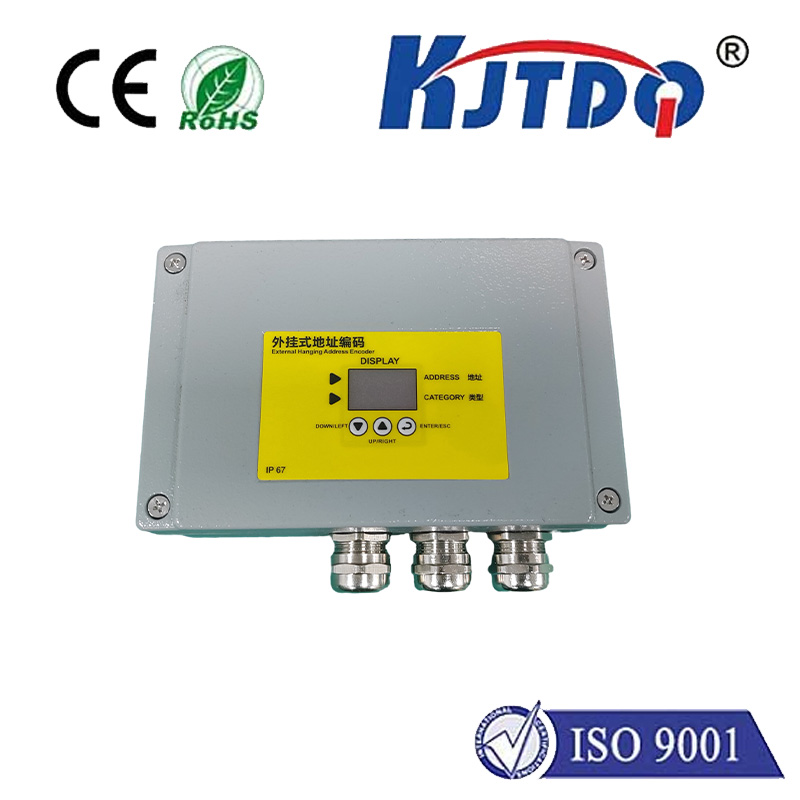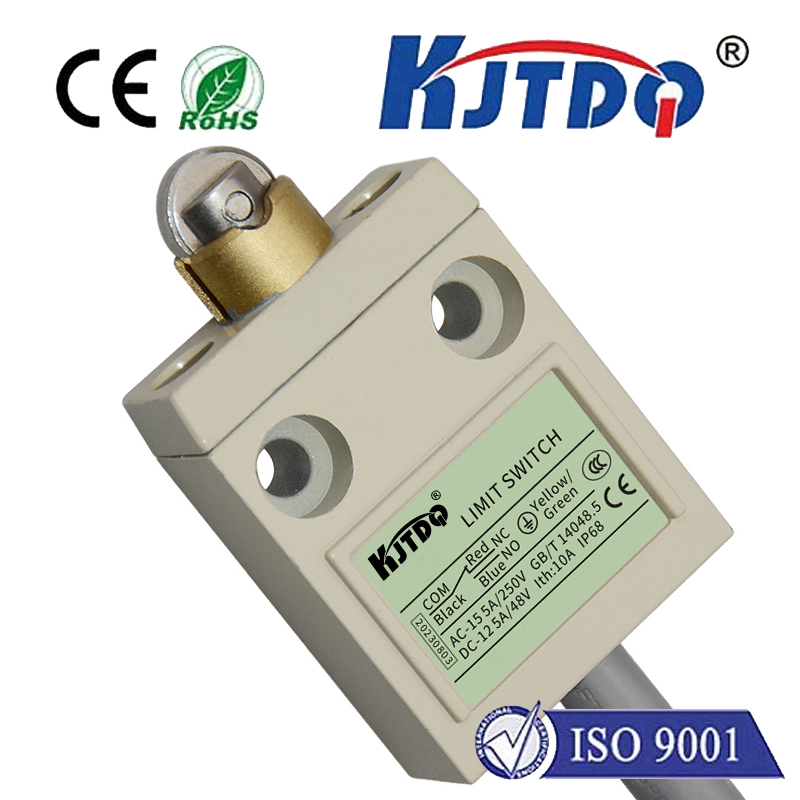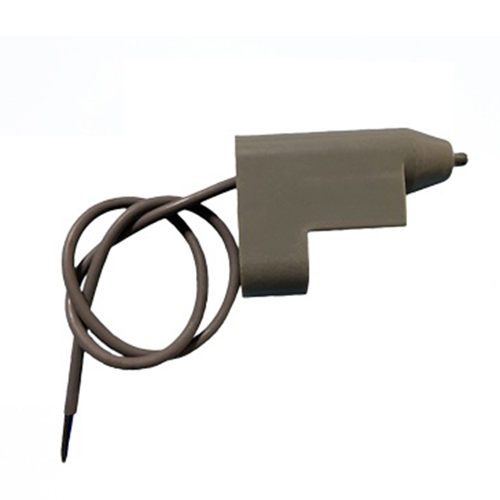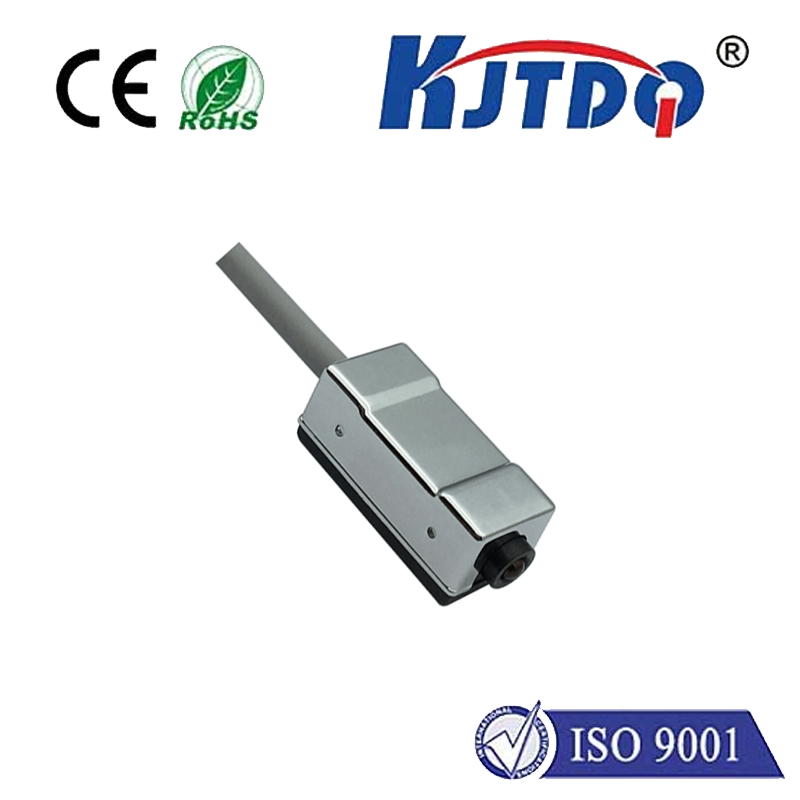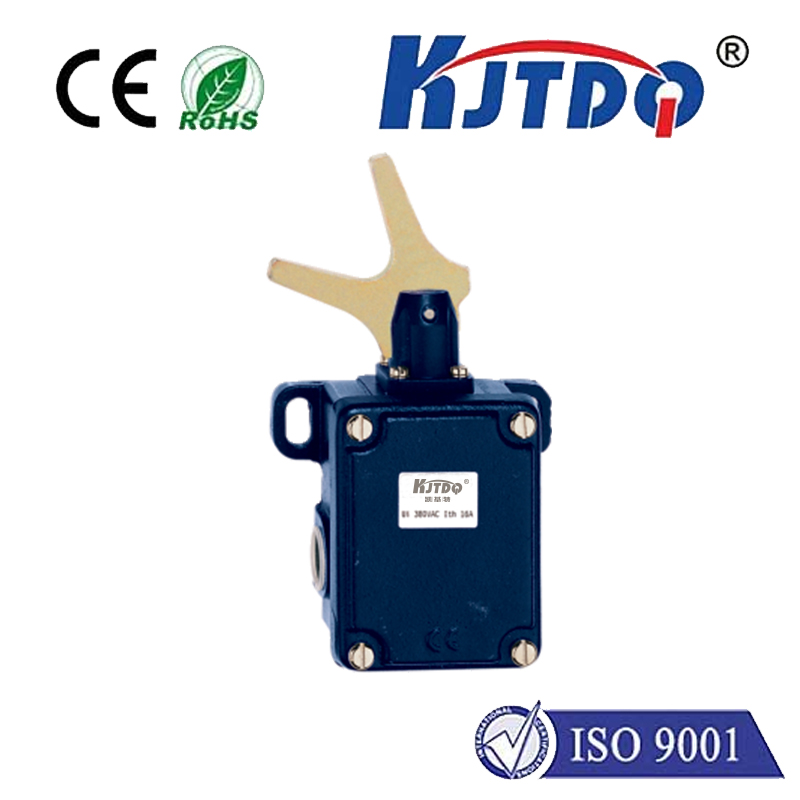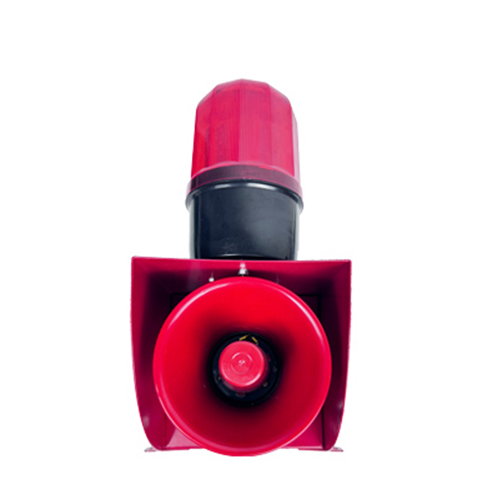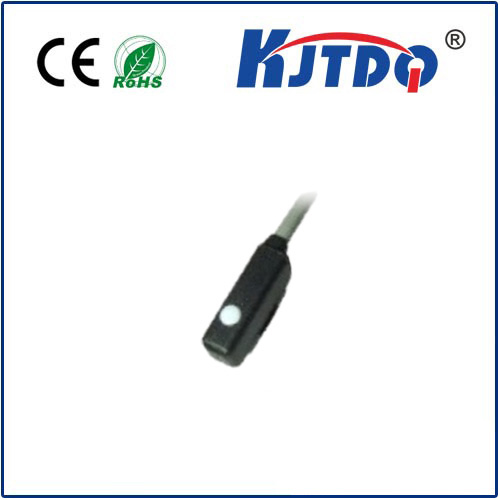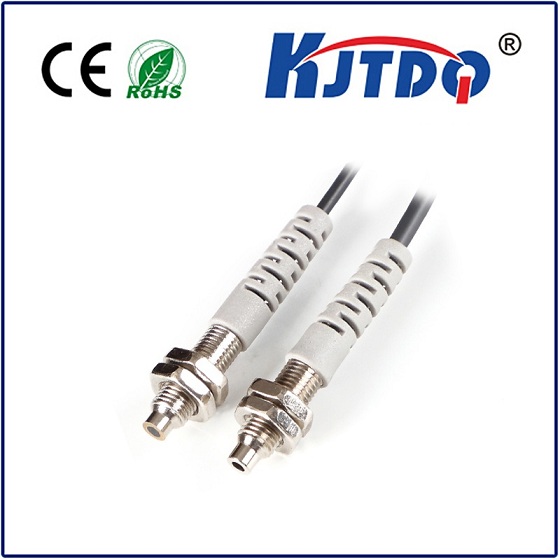different proximity sensors
- time:2025-07-09 00:14:10
- Click:0
Navigating the Non-Contact World: A Deep Dive into Different Proximity Sensors
Imagine a machine that stops before hitting an obstacle, a factory line that knows exactly when a part is in place, or a faucet that magically turns on as your hand approaches. These everyday marvels rely not on touch, but on invisible detection – the realm of different proximity sensors. These unsung heroes of automation and electronics perceive the presence or absence of objects without physical contact, each type wielding its unique superpower for specific challenges. Understanding the distinct strengths and operating principles of these common sensors is key to unlocking smarter, safer, and more efficient designs across countless industries.
At its core, a proximity sensor detects nearby objects and translates that detection into an electrical signal. The “proximity” it senses can range from millimeters to several meters, depending entirely on the sensor type. The magic lies in how they achieve this non-contact feat. Let’s explore the main contenders:
- Inductive Proximity Sensors: Masters of Metal
- Principle: These sensors generate an electromagnetic field. When a metallic object enters this field, it induces eddy currents within the metal. This disrupts the field, triggering the sensor’s internal oscillator and ultimately switching its output state.
- Key Strengths: Exceptionally robust and reliable in harsh industrial environments (dust, moisture, vibration). Immune to surface dirt, oil, or water on the target. Ideal for detecting ferrous metals (iron, steel) and non-ferrous metals (aluminum, brass, copper) at short ranges, typically up to 60mm.
- Typical Uses: Metal detection on assembly lines (positioning, counting), machine tooling, robotic systems, and cylinder position feedback.
- Capacitive Proximity Sensors: Beyond Just Metals
- Principle: These sensors function like a capacitor. The sensor face acts as one plate, and a nearby object (the target) acts as the other plate. The sensor detects changes in capacitance caused by the presence of any material that alters the electrostatic field around the sensor face. The capacitance change is measured internally.
- Key Strengths: Uniquely capable of detecting non-metallic objects: plastic, wood, glass, liquids, powders, and even granular materials through thin non-metallic barriers. Effective for level detection in tanks (liquid or solid).
- Typical Uses: Detecting full or empty containers (glass, plastic), liquid level control, presence detection of packaged goods (cardboard, plastic), and material handling of non-metallic items.
- Ultrasonic Proximity Sensors: Seeing with Sound
- Principle: These sensors emit high-frequency sound waves (ultrasonic pulses) and then listen for the echo reflected back from a target object. By measuring the time-of-flight (TOF) of the sound wave, they calculate the distance to the object. This allows them to function reliably in environments where other sensors fail.
- Key Strengths: Detect virtually any solid or liquid object, regardless of material, color, or transparency. Excellent for distance measurement and presence detection over longer ranges (cm to meters). Performs well in challenging conditions like smoke, fog, or dust. Unaffected by target color or transparency.
- Typical Uses: Object presence detection and distance measurement in automated warehouses, level measurement in bulk material silos, collision avoidance in robotics and AGVs, parking assistance systems, and stacking height control.
- Photoelectric Sensors: Light as the Messenger
- Principle: Utilizing light sources (typically infrared, visible red, or laser LED) and receivers, these sensors detect objects by the interruption (through-beam) or reflection (retro-reflective, diffuse) of the emitted light beam. Through-beam offers the longest range and highest accuracy, while diffuse is compact and easy to install.
- Key Strengths: Very long sensing ranges possible (especially through-beam). High precision available (laser types). Can detect small objects and precise positions. Available in diverse configurations for specific applications. Effective on a wide variety of materials. Laser variants offer pinpoint accuracy.
- Typical Uses: Bottle/can detection on filling lines, label detection on packaging, object counting, registration mark detection in printing, automated door openers, and security systems. Truly versatile sensors.
- Magnetic Proximity Sensors: Harnessing the Field
- Principle: These sensors react specifically to the presence of a magnetic field, typically generated by a permanent magnet acting as the target. Common types include Reed Switches (mechanical contacts sealed in glass) and Hall Effect Sensors (solid-state semiconductors generating voltage in response to a magnetic field).
- Key Strengths: Reed switches are simple, robust, and require no external power to operate. Hall Effect sensors are solid-state (no moving parts), fast, and reliable for position detection in hostile environments (oil, vibration, dust). Excellent for position feedback in cylinders and actuators.
- Typical Uses: Door/window position sensing (security), cylinder piston position detection (pneumatics/hydraulics), speed sensing (gears, wheels), and limit switching in demanding environments.
Choosing the Right Sensor: Key Considerations

Selecting the optimal different proximity sensor involves careful analysis:
- Target Material: Metal? Plastic? Liquid? Powder? (Inductive for metal; Capacitive for nearly anything; Ultrasonic/Photoelectric very versatile).
- Detection Range: How far away is the object?
- Operating Environment: Is there dust, moisture, oil, extreme temperatures, or vibration? (Inductive is rugged; Ultrasonic handles airborne contaminants).
- Required Output: Simple on/off switch? Analog distance reading?
- Response Speed: How quickly does the detection need to happen?
- Physical Size & Mounting Constraints: How much space is available?
- Cost: Budgetary constraints for the application.
Applications Spanning Industries
The right proximity sensor type finds its place almost everywhere:
- Manufacturing & Automation: Assembly line control, robotic guidance, part counting, machine guarding, position feedback, material handling.
- Automotive: Parking sensors, anti-collision systems, gear position, brake pedal position, seat belt detection, engine control.
- Consumer Electronics: Smartphone screen on/off when held to ear, automatic faucets, soap dispensers, tamper detection.
- Food & Beverage: Bottle/can presence, label detection, fill level control, conveyor belt monitoring.
- Building Automation: Automatic doors, elevator floor positioning, HVAC damper control, occupancy sensing.
- Security: Door/window position sensing (magnetic), break-in detection, presence monitoring.
Proximity Sensors: The Invisible Enablers
From the precision required on a high-speed production line to the convenience of hands-free soap dispensers, different proximity sensors provide the essential non-contact detection that modern technology relies upon. Inductive, capacitive, ultrasonic, photoelectric, and magnetic proximity sensors each offer distinct advantages optimized for specific materials, environments, and distances. By understanding these diverse sensor types and their underlying principles, engineers, technicians, and designers can make informed choices, ensuring reliable operation, enhanced safety, and optimized efficiency in countless applications. The next time a












